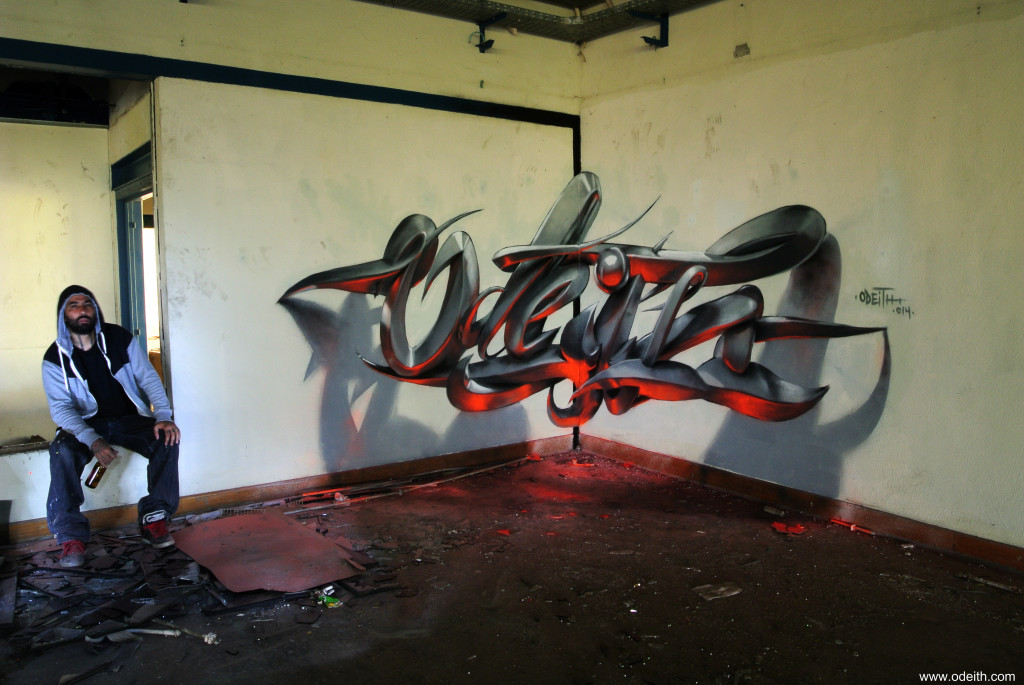In 1924 cellist Beatrice Harrison was playing to the birds in her Oxted garden when “I suddenly stopped and thought, ‘Why should I be the only being to have the joy of hearing the nightingale and the cello sing together? If only it were possible for people, even at the other end of the world, to hear him, those who have never heard the most exquisite bird sing.'”
The BBC resisted her idea at first — no wild bird had ever been broadcast before — but on May 19 they arranged a live performance in the garden, and “the nightingale burst into song as I continued to play. … I shall never forget his voice that night, or his trills, nor the way he followed the cello so blissfully. It was a miracle to have caught his song and to know that it was going, with the cello, to the ends of the earth.”
The broadcast was heard by about a million people; those who had radios relayed it by telephone to friends who didn’t. She played again the following week, and again the following year, and received thousands of letters, some addressed to “The Lady of the Nightingales” or “The Garden of the Nightingales, England.”
The only listener who remained unimpressed was her gardener. “I loves your music, Miss,” he told her, “but I do wish it didn’t attract them birds the way it do. They eats up all the fruit, something cruel.”
(From her 1985 autobiography, The Cello and the Nightingales.)








